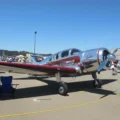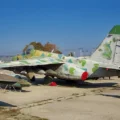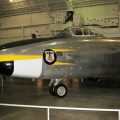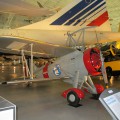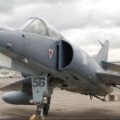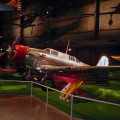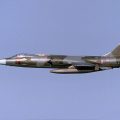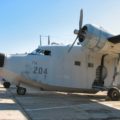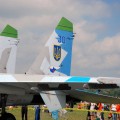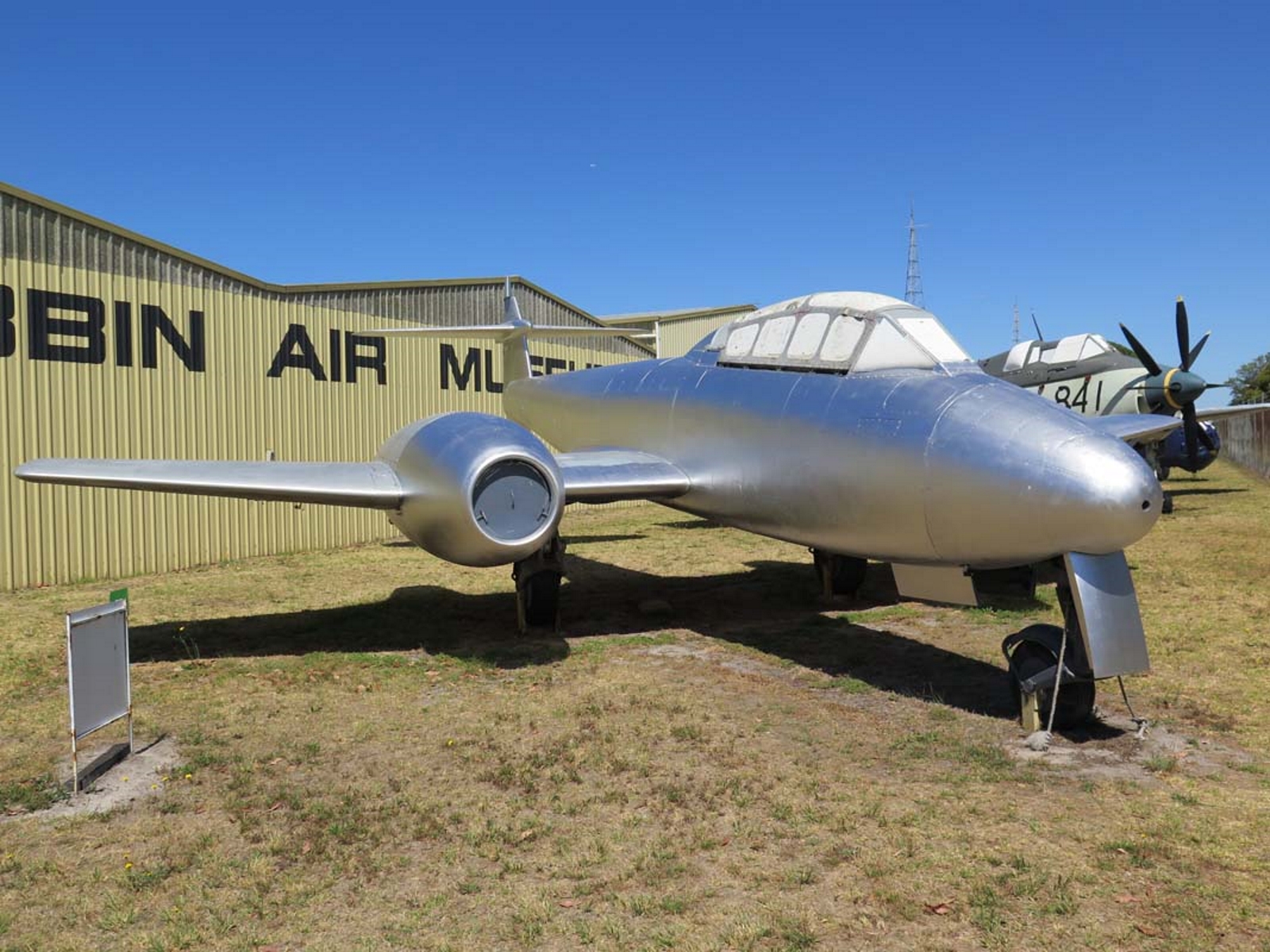
Gloster Meteor T.7 | ||
| Državi | Uk | |
| Vrsta | Lovska letala | |
| Fotografijo | Vladimir Jakubov | |
| Poiščite | Avstralski narodni muzej letalstva | |
| Opis | Album 71 fotografije sprehoda po «Gloster Meteor T.7» | |
Fotogalerija Gloster Meteor T.7, The Gloster Meteor was the first British jet fighter and the Allies’ only operational jet aircraft during the Second World War. The Meteor’s development was heavily reliant on its ground-breaking turbojet engines, pioneered by Sir Frank Whittle and his company, Power Jets Ltd. Development of the aircraft itself began in 1940, although work on the engines had been under way since 1936. The Meteor first flew in 1943 and commenced operations on 27 July 1944 with No. 616 Squadron RAF. Nicknamed the “Meatbox”, the Meteor was not a sophisticated aircraft in its aerodynamics, but proved to be a successful combat fighter. Gloster’s 1946 civil Meteor F.4 demonstrator G-AIDC was the first civilian-registered jet aircraft in the world. Meteor T.7: Two-seat trainer variant of the F.4, company prototype first flew 19 March 1948, 640 production aircraft for the Royal Air Force and the Royal Navy (43) and 72 for export (Belgium, Brazil, Denmark, Egypt, France, Israel, Netherlands). Avions Fairey modified 20 Belgian Air Force F.4s to T.7 standard.
| Informacij | |
|---|---|
| Vlogo | Borec |
| proizvajalec | Gloster Aircraft Company |
| Prvi let | 5. marec 1943 |
| Uvod | 27 July 1944 |
| Upokojen | 1980s |
| Proizvaja | 1943–1955 |
| Število zgrajeno | 3,947 |
| Meteor Mk. 4 Walk Around | |
|---|---|
| Fotograf | Andrei Serohh |
| Lokalizacijo | Danmarks Tekniske Museum, |
| Fotografije | 41 |
Glej tudi:
V Gloster Meteor T.7 was a two-seat trainer version of the first British jet fighter, the Gloster Meteor. It was developed in the late 1940s to meet the demand for jet pilots in the Royal Air Force and other air forces that operated the Meteor. The T.7 had a longer fuselage than the single-seat Meteor F.4, with a second cockpit for the instructor behind the student.
V T.7 retained the same Rolls-Royce Derwent engines and armament of four 20 mm cannons as the F.4, but had a reduced performance due to the increased weight and drag. The T.7 entered service in 1949 and was widely used for training and conversion purposes until the 1960s. Some T.7s were also modified for other roles, such as target towing, radar calibration, and research and development.
Views : 3420


